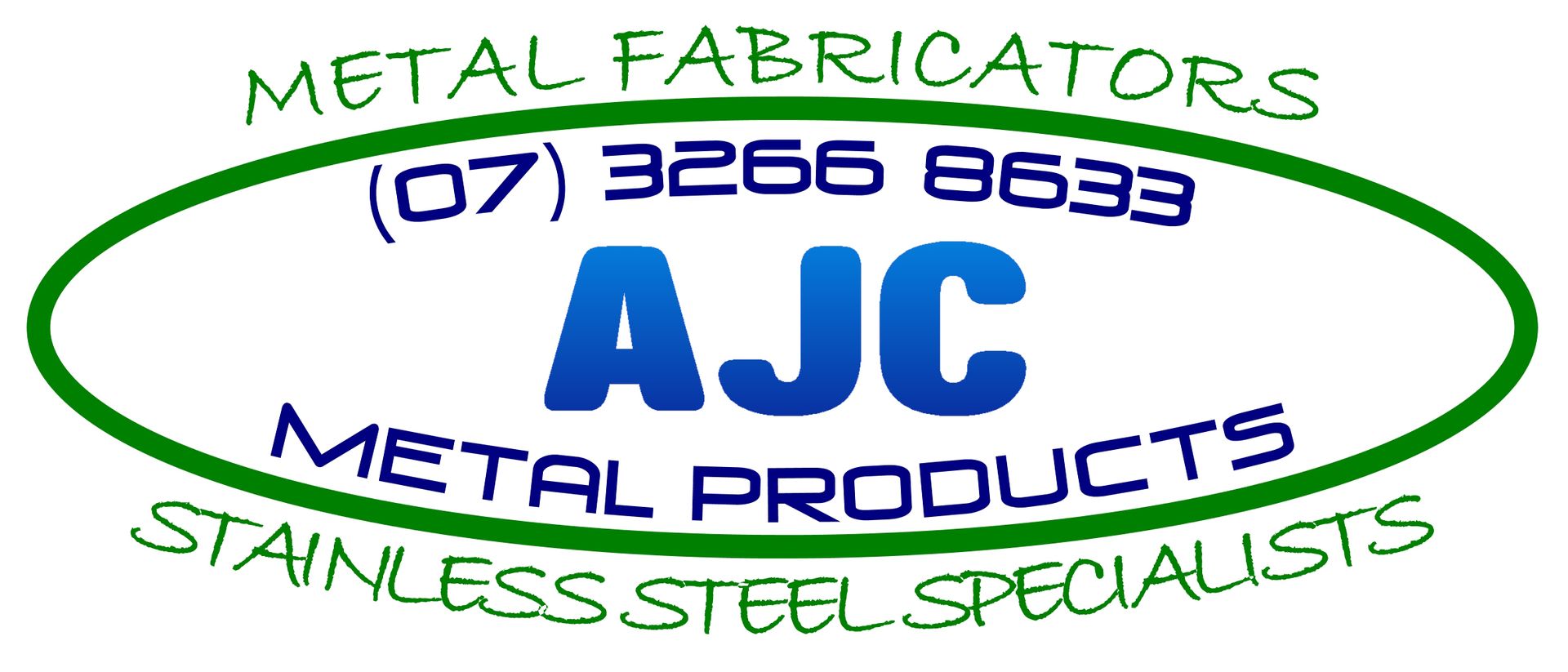5 Facts About Stainless Steel That May Surprise You
Stainless steel is a versatile metal that people around the world use for projects of all sizes, from buildings to watches. You likely use stainless steel every day without realizing it. Although you use this metal so often, how much do you really know about it?
Consider these interesting facts about stainless steel the next time you use this common metal.
1. Stainless Steel Was Discovered During a Weapon Experiment
In 1913, Harry Brearley, a metallurgist, performed experiments on metals in an attempt to produce a stronger material for weapons. After several months, he realized that a 13% chromium steel hadn’t corroded since he started his experiment. This combination later became known as stainless steel.
2. Stainless Steel Can Be Magnetic Depending on Its Structure
Many assume that stainless steel isn’t magnetic, but the truth is more complex. Most stainless steel falls into two types based on its crystalline structure: austenitic and ferritic. Austenitic stainless steel, which contains more chromium and nickel to maintain its structure, is not magnetic. Ferritic stainless steel is magnetic.
However, over 70% of the stainless steel produced is austenitic, so don’t be surprised when a magnet won’t stick to the front of your stainless steel refrigerator.
3. Many Famous Buildings Are Made From Stainless Steel
Many famous buildings use stainless steel, such as the Walt Disney Concert Hall in Los Angeles, CA. This concert hall hosts various musical events, including performances from the Los Angeles Philharmonic Orchestra. The outermost layer of this concert hall was constructed from stainless steel with a matte finish to produce a reflective exterior.
The Chrysler Building, an iconic part of the New York City skyline, is another well-known building made from stainless steel. While some speculate that the spire on the Chrysler Building is made of car hubcaps, this spire—and the sunburst pattern beneath it—is actually made from stainless steel.
Stainless steel has also been used to restore famous buildings and structures. In 1984, engineers used stainless steel as structural support for the Statue of Liberty. Similarly, the historic Palm House at Kew Gardens in London, England was restored with stainless steel glazing bars to prevent further corrosion in the greenhouse environment. The stainless steel was painted white to maintain the original appearance.
4. You Can Recycle Stainless Steel
Like other types of steel, stainless steel can be recycled. In fact, it may be one of the most environmentally friendly metals to produce. At the end of its life, as much as 92% of stainless steel can be reused in new stainless or carbon steel. On average, 60% of any stainless steel product comes from this recycled content.
Contact your local recycling facility about recycling your stainless steel products or scrap.
5. Stainless Steel Changes Shape in Different Temperatures
Stainless steel can change shape when exposed to extreme heat. Many industries use the ductile capabilities of stainless steel to create various products. They can form stainless steel into thin sheets, tubes, wires, or bars. Some companies use stainless steel in carpets or as soap as well.
When manufacturers use stainless steel to create products, they have to consider thermal expansion. Construction companies that use stainless steel in buildings must consider how much the steel may change shape. For example, the Eiffel Tower is made from stainless steel and shrinks by six inches in cold weather.
Stainless steel has unique properties that make it an ideal material for various applications. If you would like to fulfill your next project using stainless steel, contact A.J.C. Electrical Service Pty Ltd and ask about custom-made stainless steel fabrication.
For more advantages of stainless steel, check out our other blog posts.
